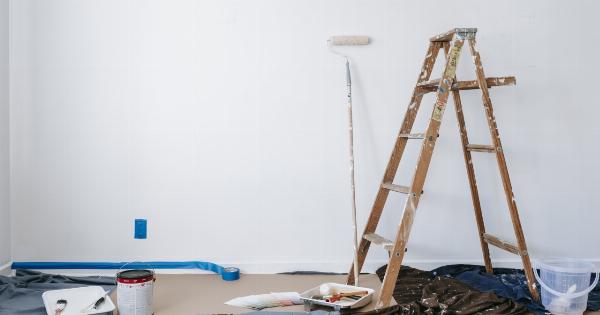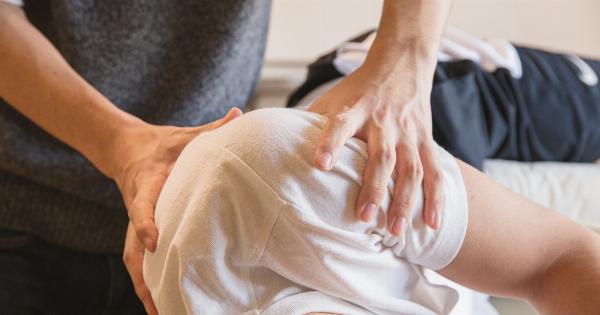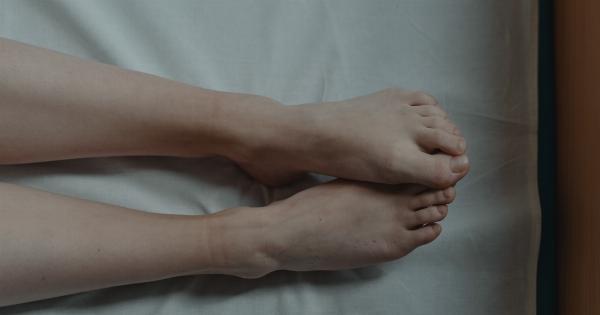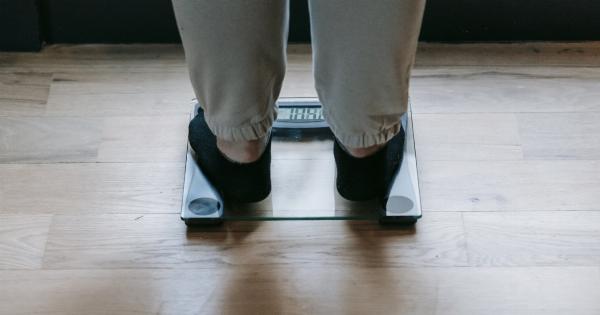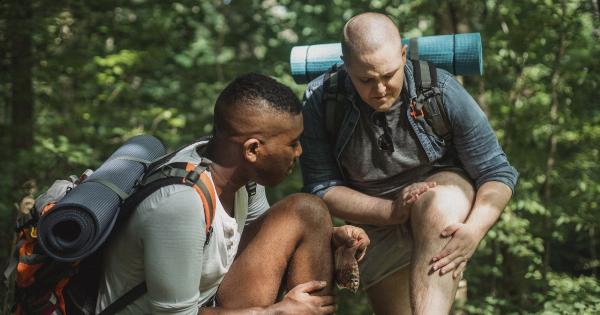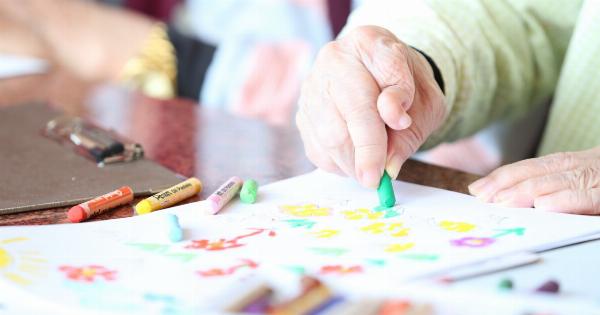Recovering from a disc herniation surgery can be a challenging process. It requires careful rehabilitation to ensure proper healing and to regain strength and mobility.
This article will delve into the various aspects of post-surgery rehabilitation for disc herniation, including exercises, therapy, and lifestyle adjustments.
The Importance of Post-Surgery Rehabilitation
Disc herniation surgery is typically performed when conservative treatments fail to provide relief or if there are severe neurological symptoms.
While surgery can remove the compressed disc material and alleviate pain, the rehabilitation phase is crucial for successful outcomes. Post-surgery rehabilitation helps in:.
- Promoting healing and tissue repair
- Preventing complications and reducing the risk of recurrent herniation
- Restoring mobility, strength, and flexibility
- Improving overall physical function and quality of life
Rehabilitation Exercises for Disc Herniation
1. Lumbar Stabilization Exercises:.
This focuses on strengthening the core muscles, particularly the deep stabilizing muscles of the lower back, to provide stability and support to the spine. Examples include pelvic tilts, bird dog exercise, and abdominal bracing.
2. Stretching Exercises:.
Stretching exercises help in improving flexibility, reducing muscle tension, and relieving pressure on the affected area. Some effective stretches for disc herniation include hamstring stretches, piriformis stretches, and hip flexor stretches.
3. Low-Impact Aerobic Exercises:.
Engaging in low-impact aerobic exercises like swimming, stationary biking, or walking helps to maintain cardiovascular fitness without putting excessive strain on the spine. These exercises promote blood circulation and aid in the healing process.
4. Resistance Training:.
Gradually incorporating resistance training exercises can help strengthen the muscles surrounding the spine. It is essential to start with light weights and progress gradually under the guidance of a skilled professional to avoid strain.
Physical Therapy for Disc Herniation
In addition to exercise, physical therapy plays a crucial role in post-surgery rehabilitation for a disc herniation. Physical therapists employ various techniques to address specific problems and promote healing.
Some common physical therapy treatments for disc herniation include:.
1. Manual Therapy:.
Manual therapy involves hands-on techniques like joint mobilization, soft tissue manipulation, and spinal manipulation. These techniques provide pain relief, improve range of motion, and facilitate tissue healing.
2. Electrotherapy:.
Electrotherapy utilizes electrical stimulation to relieve pain, reduce inflammation, and promote tissue healing. Techniques such as transcutaneous electrical nerve stimulation (TENS) and ultrasound therapy are commonly used.
3. Heat and Cold Therapy:.
Applying heat or cold packs to the affected area can help reduce pain, inflammation, and muscle spasms. Alternating between hot and cold therapy can provide significant relief during the recovery process.
4. Functional Training:.
Functional training involves exercises that mimic real-life movements and activities. It aims to improve balance, coordination, and functional abilities required for daily tasks.
Lifestyle Adjustments for Disc Herniation Recovery
Alongside exercises and physical therapy, making certain lifestyle adjustments can greatly aid in disc herniation recovery. Here are some tips to consider:.
1. Proper Posture:.
Maintaining good posture while sitting, standing, and lifting objects is crucial for minimizing strain on the spine. Ergonomic modifications to workstations and using supportive cushions can help in achieving and maintaining good posture.
2. Weight Management:.
Excess weight puts additional stress on the spine and can impede the healing process. Maintaining a healthy weight through a balanced diet and regular exercise can contribute to successful recovery.
3. Smoking Cessation:.
Smoking slows down the healing process and reduces blood flow to the spinal tissues. Quitting smoking can aid in recovery and improve overall health.
4. Avoiding Excessive Sitting or Prolonged Bed Rest:.
Both excessive sitting and prolonged bed rest can lead to muscle stiffness, reduced flexibility, and weaker muscles. It is important to modify daily routines to incorporate regular movement and avoid being sedentary for extended periods.
Conclusion
Post-surgery rehabilitation for disc herniation is a crucial step in the recovery process.
It involves targeted exercises, physical therapy treatments, and lifestyle adjustments to promote healing, restore mobility and strength, and prevent future complications. By following a comprehensive rehabilitation program, individuals can significantly improve their overall quality of life and reduce the risk of recurrent herniation.




